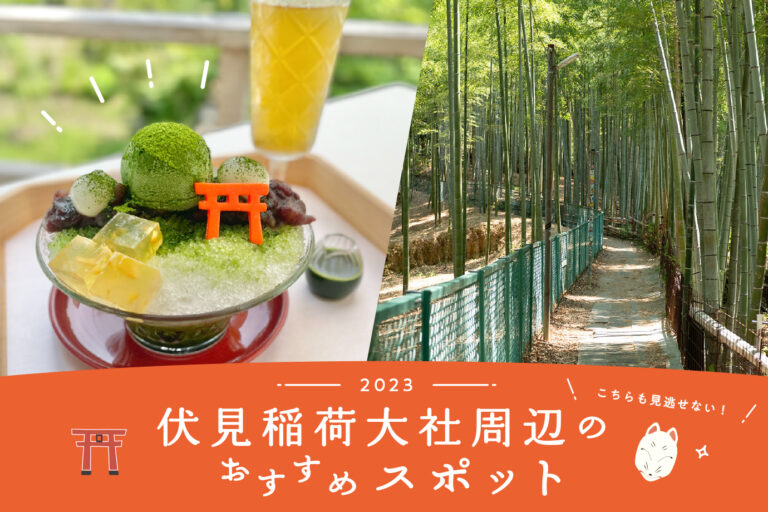
Don't miss it! Recommended spots around Fushimi Inari Taisha...
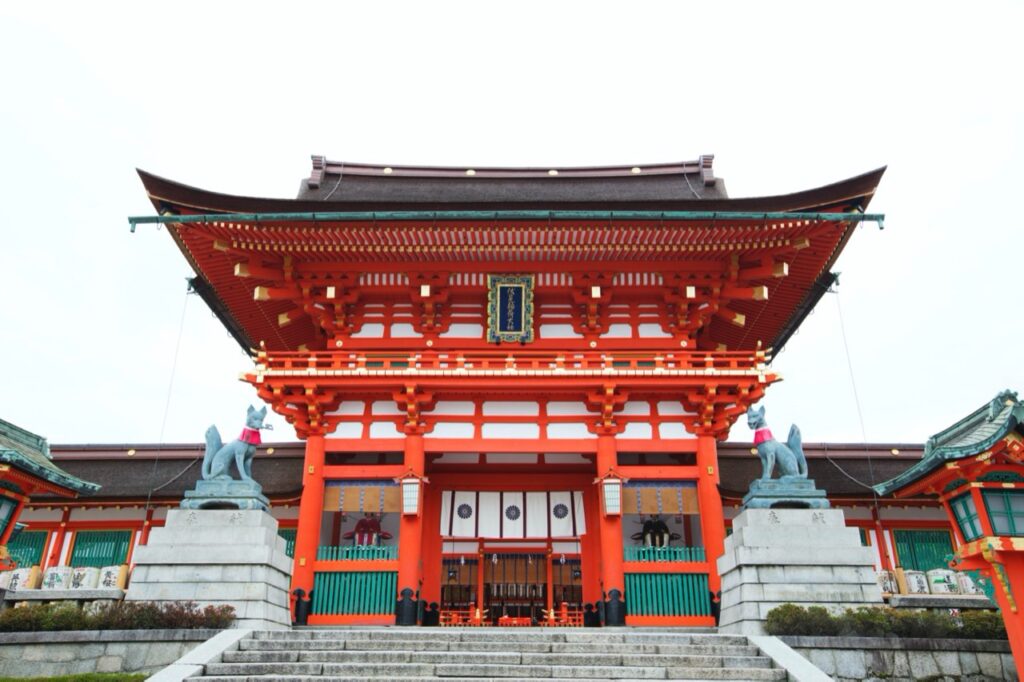

Fushimi Inari Taisha is the main shrine of Inari shrines, which are said to have about 30,000 shrines nationwide. We will introduce a variety of highlights, including beautiful structures such as the well-known thousand torii gates and tower gates, foxes that are messengers of the gods, and Neagari pine trees that are said to have mysterious divine virtues.
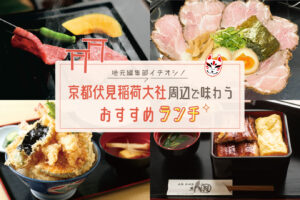
A yakiniku restaurant directly operated by a long-established meat wholesaler, a long-established river fish wholesaler turned into an eel restaurant, a beloved udon restaurant, and many other famous restaurants that have long taken root in this area.
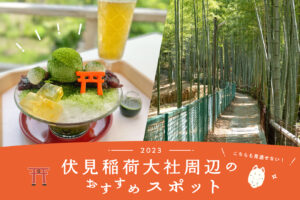
We will introduce the surrounding spots and shops that you should definitely visit when you visit Fushimi Inari Taisha!
The Fushimi Inari-taisha Shrine is said to have its origin in the 711th year of the Nara period (711), when Inari-taijin was enshrined on Mount Inari. Inari, or Inari-san, is the god of agriculture, and is believed to bring good fortune in the form of fertility, prosperity, and traffic safety, attracting many visitors from Japan and abroad throughout the year. The entire mountain of Inari is a Shinto shrine, and many statues of foxes, messengers of Inari, can be seen in the shrine grounds.
"Romon" which is the main gate of [Fushimi Inari Taisha]. It is also designated as an important cultural property, and is considered to be the largest of the two-storied gates of shrines in Kyoto City. It was built in 1589 (Tensho 17) with donations from Toyotomi Hideyoshi.
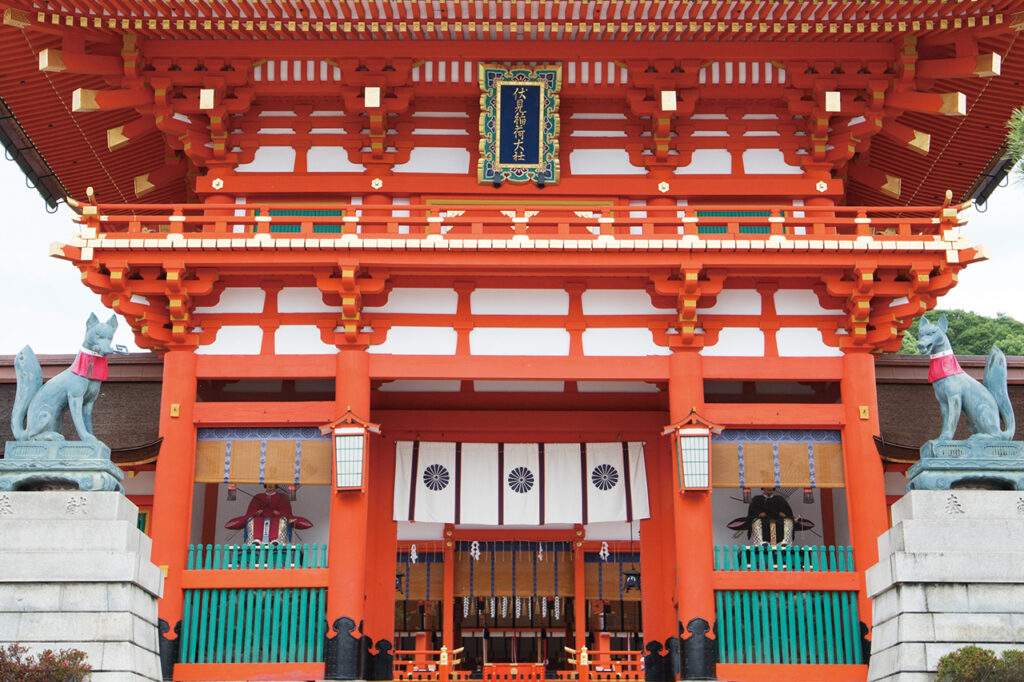

On either side of the gate are statues of the "Zuijin," or "Minister of the Right" and "Minister of the Left," who are believed to be the protectors of the gods. On either side of the gate are statues of the guardian foxes, Aun and Un. On the left side, the fox holds the "key" of the storehouse that holds rice, and on the right side, the fox holds a jewel, symbolizing the spiritual virtues of Inari no Okami.
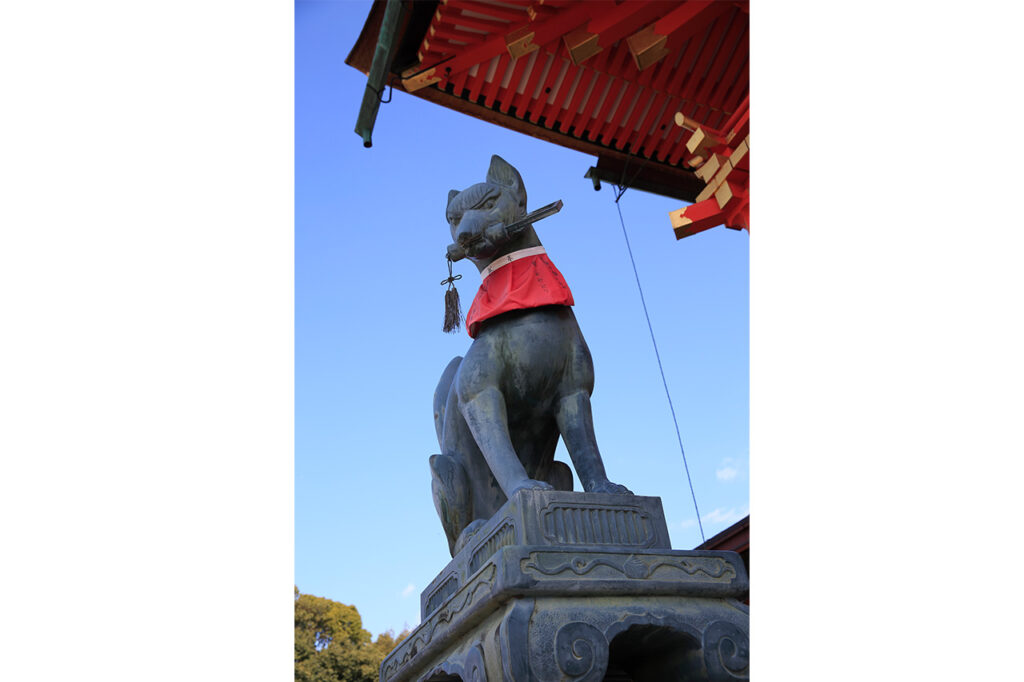

Senbon-torii," or "thousand torii," stand seamlessly along the approach to the inner shrine. The vermilion tunnel that divides the shrine into two halves has an overwhelming presence, and even people from overseas take notice of it. It is said that the gates were first dedicated by believers in the Edo period (1603-1867) as a token of gratitude and thanks that their wishes "came through" or "were granted. Today, there are as many as 10,000 torii gates throughout the temple grounds.
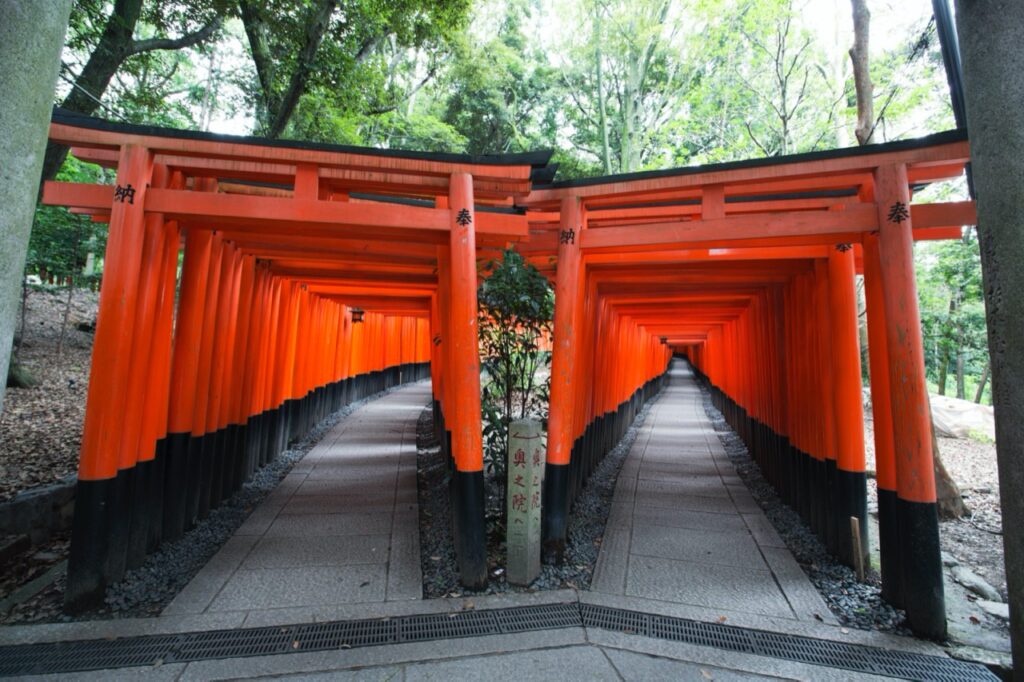

Stones placed on top of a pair of stone lanterns on the right side of Okusha Hohaisho after passing through Senbon Torii. It is called “Omokaru-ishi” and is one of the best power spots. It is said that if you make a wish in front of the lantern and it weighs less than you expected, your wish will come true. On the other hand, if it is heavier than expected, it seems that more effort is required to make the wish come true.
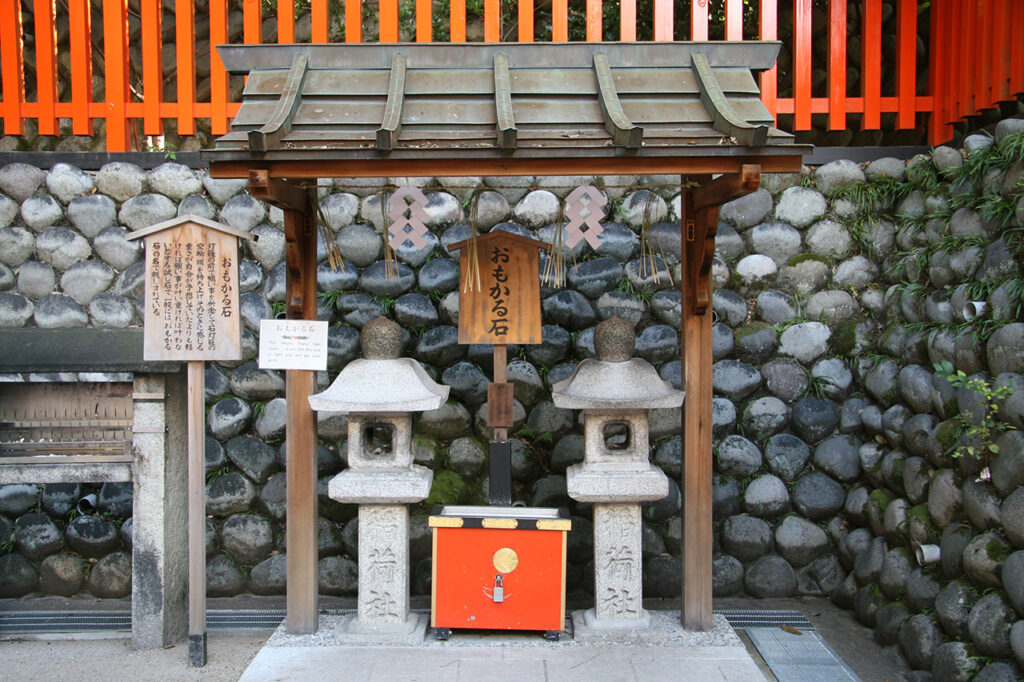

Neagari no Matsu is located on the left side of Okusha Hohaisho, the entrance to the mountain tour. Also known as "Kneematsu-san", he has been gaining faith. One side of the root rises above the ground, and it is said that if you go under the crotch of the root, you will be cured of neuralgia, stiff shoulders, and leg ailments. It has also been said that the sound of "Neagari" will lead to good luck in rising prices.
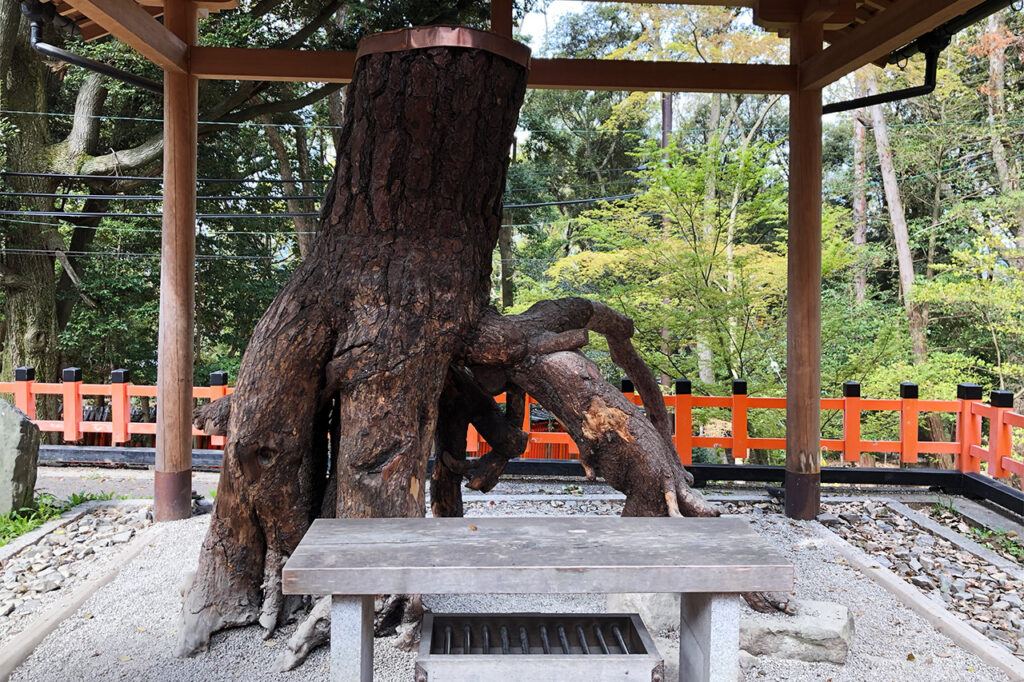

[After visiting Fushimi Inari Taisha Shrine, you may wish to extend your visit to the "Oyama Meguri," a pilgrimage around Mt. The 4-kilometer, approximately 2-hour walk is lined with many shrines and mounds, and vermilion-lacquered torii gates line the approach to the shrine like a tunnel. One of the most scenic spots on the mountain tour is Yotsutsuji, about 30 to 40 minutes from the main shrine, halfway up Inari Mountain. As the name suggests, this is where four roads intersect, offering a panoramic view of southwestern Kyoto.
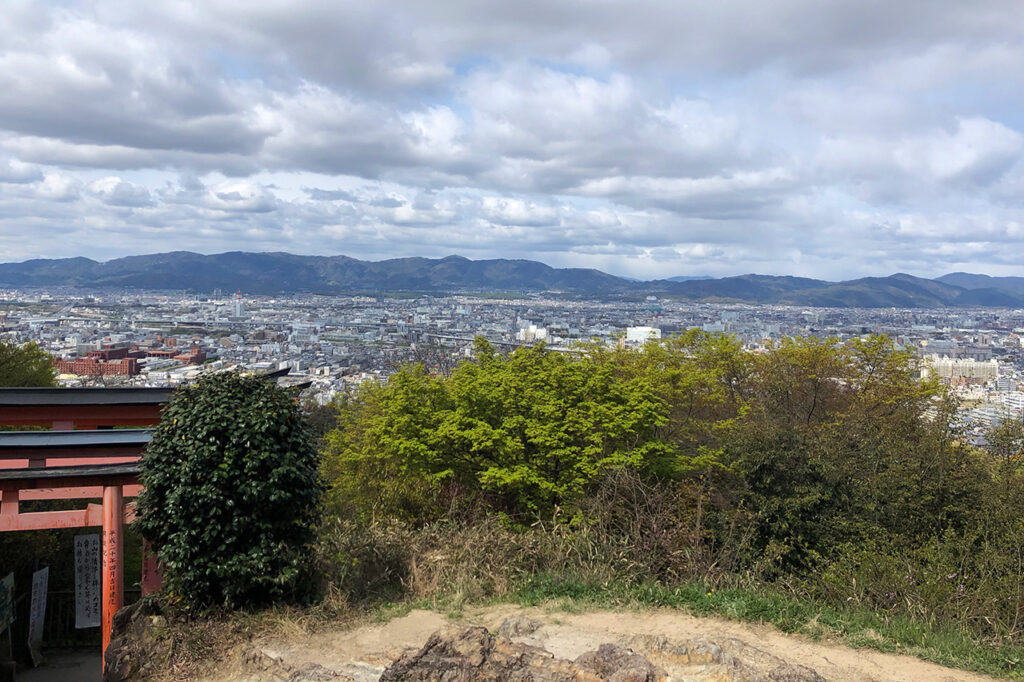

If you walk about 15 to 20 minutes from "Yotsutsuji", you will arrive at "Ichinomine", the summit of Mt. Inari at an altitude of 233 meters. Kamisha Shrine is one of the Seven Shrines of Mt.
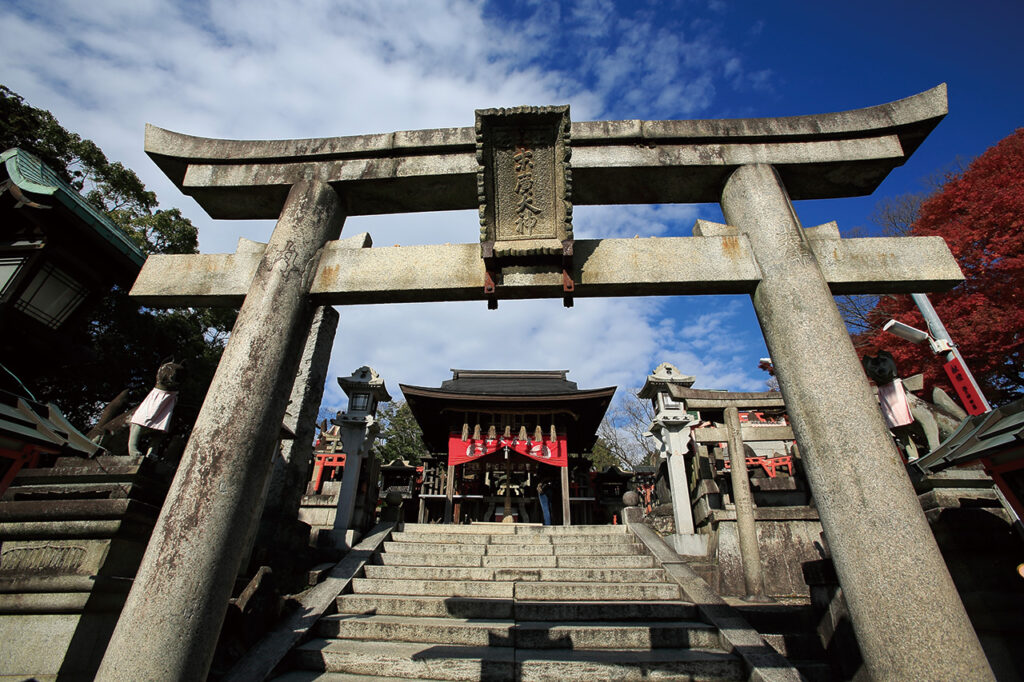

In addition to the spots introduced this time, [Fushimi Inari Taisha] is full of highlights such as "Kumatakasha", "Ganrikisha", and "Yakurikisha"! One of them is the cats that you can often meet on the way to the mountains. By all means, take your time and feel the charm of [Fushimi Inari Taisha] and "Inariyama".
Over 600 interviews per year! An order site carefully selected by the editors who knows Kyoto and Shiga.
nowOfficial LINE friend registration500 yen OFF coupon is being issued!
Distributed every Friday morning at 8:00 am! From new restaurant information to event information that we want to share with you, We deliver articles about Kyoto that are useful to know. About 20,000 people have registered.Click here to add a friend!
 News
News Feature article
Feature article Featured event
Featured event